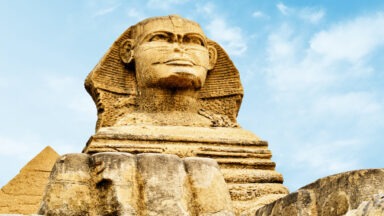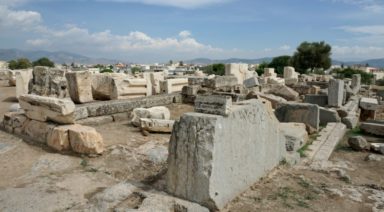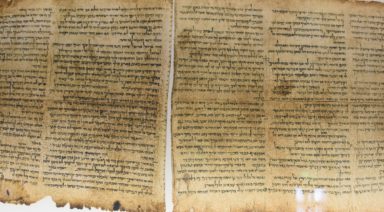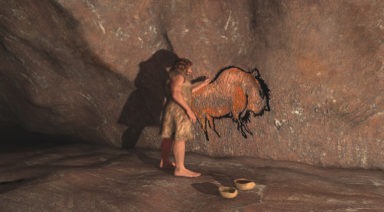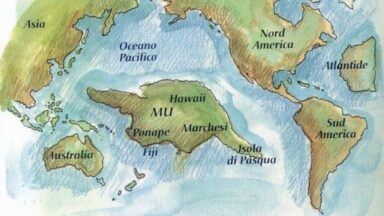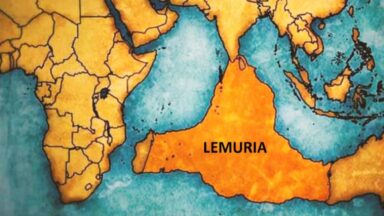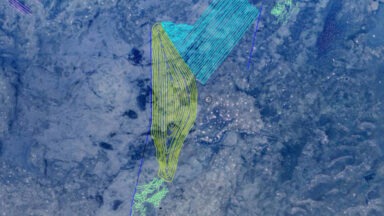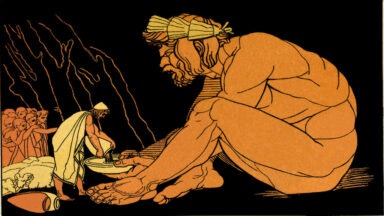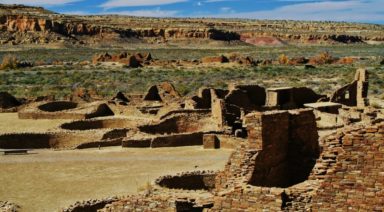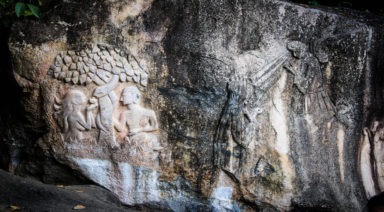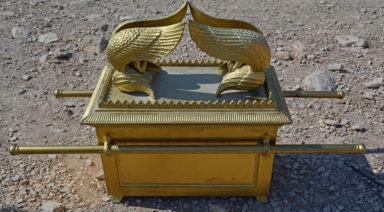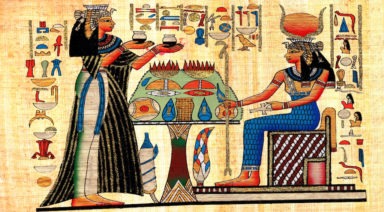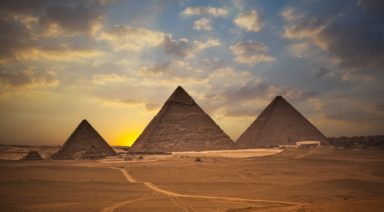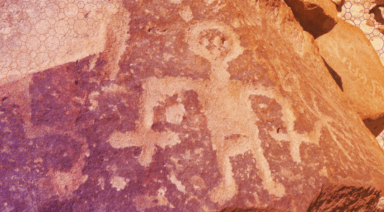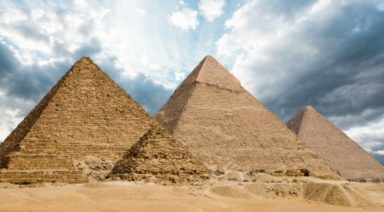The Enigma of the Lost Chinese Pyramids of Xi’an

One-hundred kilometers outside of Xi’an, an ancient city in central China, among green grasses, farms, and forests, rise a hundred pyramid-shaped mounds that have been shrouded in mystery for thousands of years.
Westerners first learned there were Chinese pyramids relatively recently, when Fred Meyer Schroder, an American travel agent and trader, first discovered them in 1912. At the time, he was traveling through the Shaanxi Province with a guide, where he recorded a thorough description in his diary, noting he’d seen one giant pyramid approximately 1,000 feet tall and nearly twice that size in length, surrounded by a number of smaller pyramids.
Schroder’s guide explained that the pyramids he happened upon were the subject of local legends and that their history could be found in ancient monastic documents. To put things into perspective, the great white pyramid of Xi’an is nearly twice as large as the Great Pyramid of Egypt.
Why Are the Pyramids in China Such a Mystery?
The Pyramids in China have remained largely an enigma to tourists and archaeologists alike — perhaps intentionally.
In the early 1990s, German investigator/travel agent Hartwig Hausdorf searched for the massive pyramid that appeared in Gaussman’s earlier photographs, but he was unsuccessful in finding it. Instead, he found the Chinese military meticulously patrolling the area.
The experience led him to write a book titled “The White Pyramid,” but which only discussed other structures in the area. Western archaeologists still have not been granted entry to these areas, but Hausdorf’s excitement over the pyramids was good for drumming up publicity.
In 2000, Chinese officials declared there were around 400 pyramids north of Xi’an, though that doesn’t include the White Pyramid. Excavation of many of the other sites revealed mausoleums shaped more like Mesoamerican pyramids, differing from those in Egypt, as they are flat topped and covered with vegetation.
In these burial mounds lay ancient members of China’s royal class, who intended to rest for eternity undisturbed. Most of the pyramids are extremely difficult to detect, camouflaged in lush mountains and hills and covered by tall grass and trees. Very few of the structures have been open to tourism.
The Chinese government has given simple explanations as to why no one is allowed to enter, namely that overzealous archaeologists and tourists could potentially damage the artifacts. Officials claim they are waiting until technology advances enough to properly excavate the pyramids and their precious contents. After all, some of the pyramids are believed to date as far back as 8,000 years.
Pyramids of Xi’an Hidden in The Stars
Through modern technology, researchers have been able to chart the locations of dozens of the Xi’an pyramids, and taken particular interest in their spatial relationships. They’ve been particularly struck by how these mausoleums are in precise astrological alignment. While most of the monuments are positioned according to cardinal directions, with about half of them aligned true North, it was found that a few of them were about 14 degrees off. The explanation for this is believed to be astronomical in nature. Computer analysis has revealed that the layout coincides with the Gemini constellation as it would’ve been positioned on the spring equinox in 10,500 B.C.
Suspicions and Theories Chinese Pyramids
Conspiracy theories inevitably erupt wherever there’s secrecy. Westerners have been endlessly guessing about the purpose and energy of the pyramids, as well as their astronomical significance. According to researchers, “to some rulers, the cardinal points of North, South, East, and West were all important. Lining up your tomb with the globe’s axis was a sign that you were still number one.”
The most popular conspiracy theory involves extraterrestrials — asserting that they were perhaps the original architects. Is it possible that the ancient astronaut theory espoused by Erich von Däniken and his ilk may also apply to the Chinese pyramids?
Restoration of the Pyramids
Slowly raised funding equates to sluggish restoration progress in Xi’an. However, the Maoling Mausoleum remains a tremendously popular tourist destination complete with a museum dedicated to the Western Han Dynasty period and featuring more than 4,000 excavated treasures and cultural relics.
Meanwhile, the mystery surrounding the Chinese pyramids and their real origins continues to stimulate the imagination as to who the true builders were — human or otherwise. But if funding isn’t forthcoming, the mystery may never be solved and the structures may collapse into ruins before archaeologists — let alone tourists — have the opportunity to experience the history buried within their walls.
Decoding the Actual Age of the Great Sphinx
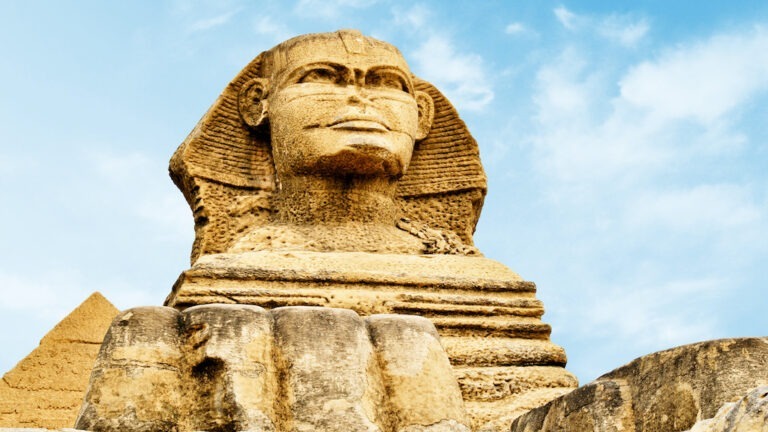
The Great Sphinx of Giza is widely believed to be around 4,500 years old, constructed during the reign of Pharaoh Khafre around 2500 BCE. But some researchers argue it could be far older, even 10,000 to 12,000 years old, based on geological signs of water erosion and other conflicting evidence. This ongoing debate challenges the accepted history of Egypt and the origins of human civilization.
Posing as a sentinel on the Giza plateau is the weathered and colossal figure that stands 66 feet above the desert sand, the Great Sphinx, a limestone sculpture with the head of a lion and the body of a human. While we now know much about the history and mythology of the ancient Egyptians, the mystery of the Sphinx has yet to be truly unraveled.
An ongoing battle between mainstream Egyptologists and a more recent wave of independent thinkers debates the age of the Sphinx by thousands of years. The latter insists the imposing limestone statue is much older than mainstream archaeologists, and Egyptologists claim it to be.
Mainstream archaeologists determined the Sphinx to have been built between 2558 and 2532 BCE. But in 1992, John Anthony West rocked the scientific community with his claim that the Sphinx was actually carved 10,000 years earlier before Egypt was a desert. West and others argued that academia had overlooked an important detail—the body of the sculpture bore distinct markings of water erosion.
After his assessment of the Sphinx’s age, West found fellow scientists who shared his observation about uncovering an entirely different history than was commonly accepted. West’s search led him to Robert Schoch, a geology professor at Boston University, willing to pursue an open-minded, out-of-the-box investigation into the origins not only of the Sphinx but the entire region, as well as its implications for the origin of the human species.
In Gaia’s original series, Ancient Civilizations, Schoch explains his first encounter with the figure in 1990, at which time he immediately noticed there was a disconnect between the statue’s academically accepted date of origin and the truth staring him in the face. Upon careful inspection, Schoch realized the Sphinx survived intensely wet weather conditions that stand in stark contrast to the now hyper-arid conditions of the Sahara Desert.
Schoch concluded that academia had determined the Sphinx’s age by overlooking signs of erosion due to heavy rainfall. The deluge that eroded the Sphinx was uncommon to the Egyptian plateau 5,000 years ago, but very common 10,000 to 12,000 years ago. For Schoch, this was an exciting find, but for mainstream science, it was met with derision and denial.


